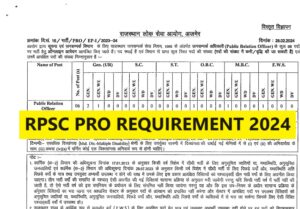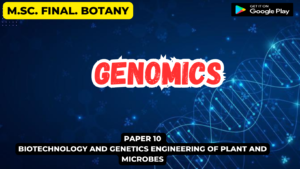![]()
Isolation of protoplasts
Isolation of protoplasts from Leaves
For isolation of protoplast the following steps are used.
- Sterilization of leaves
- Removal of epidermal cell layer
- Isolation of Protoplast
- Separation of protoplasts
Sterilization of Leaves
- Pick up the fresh leaf from the plant and wash with tap water
- after washing with water surface sterilized with alcohol containing swab.
- Wash with sterile water.
- Dip in to 0.1% of HgCl2 Solution for few sec. and immediate wash twice or thrice with sterile water
- After washing blot the leaves with tissue paper properly.
Removal of epidermal cell wall
- Take a blade or sharp knife and peel the surface of leaf slowly.
- Take care about to damage tissue.
- After peeling the epidermis cut the leaf in to small peaces for further use.
Isolation of Protoplast
protoplast isolated by two techniques
1. mechanical method
2. enzymatic method
Mechanical method
it is a crude and tadious procedure, It is involved the following step
- small piece of epidermis from a plant it is selected
- the are the cells are subjected to plasmolysis. this causes protoplast to shrink away from the cell wall
- the tissue is is dissected to release the protoplast
Limitations-
mechanical method for protoplast isolation is no more in use because the following limitations
- Yield of protoplasts and their viability is low
- It is is restricted to certain tissue with vacuolated cells
Enzymatic method
It is easy and widely used technique for isolation of protoplast.
The cell wall of plants are mainly composed of cellulose hemicellulose and pectin which can be respectively degraded by the enzyme cellulase, hemicellulase, and pectinase.
The enzyme are usually used at a pH 4.5-6.0 temperature 25-300 C
The enzymatic isolation of protoplast can be carried out by two approaches.
1- Two step or Sequential method
In this method the tissue is first treated with pectinase (macerozyme) to separate cells by degrading middle lamella. These free cells are then exposed to cellulase to release protoplasts.
Pectinase breaks up the cell aggregates into individual cells while cellulase remove the cell wall proper.
2- One step or simultaneous method
This is the preferred method for protoplast isolation it involves the simultineous use of both the enzyme – Pactinase and cellulase.
Purification of Isolated protoplasts
a) Sedimentation and washing:
- Enzyme treatment results in suspension of protoplasts, undigested tissues and cellular debris.
- Thus suspension is passed through a metal sieve or a nylon mesh (50-100 um) in order to remove undigested cellular clumps.
- The filtered protoplast enzyme solution is mixed with a suitable volume of osmoticum, solution is centrifuged to pellet the protoplasts.
- Spin at 100 rpm for 10 minutes Remove the supernatant and resuspend the sediment in sucrose solution ( prepared in CPW) and spin again
- Green protoplasts form a band at the top of the sucrose solution, transfer them with a pipette to another tube.
- Add the protoplast culture medium to protoplast and centrifuge
- Repeat such washing three times
The protoplast band is sucked in Pasteur pipette. add culture medium and is put into other centrifuge tube and finally suspended in culture medium at particular density

Protoplasts can be purified by repeated gentle pelleting and resuspension
(b) Floatation :
Protoplasts being lighter (low density) than other cell debris gradients may be used which will allow the protoplasts to float and the cell debris to sediment.
A concentrated solution of mannitol, sorbitol and sucrose (0.3-0.6 M) can be used as a gradient and crude protoplast suspension may be centrifuged in this gradent at an appropriate speed. Protoplasts can be pipetted off from the top of the tube after centrifugation. This method causes little loss or damage relative to that in sedimentation and washung method.
Babcock bottle is used for floatation since it facilitates removal of protoplasts.

Viability Test of protoplsts
It is ensure that the isolated protoplasts are healthy and viable so that they capable of undergoing sustained cell division and regeneration.
There are various methods for test protoplast viability
1- FDA(Fluorescein diacetate ) staining
In this the dye accumlates inside viable protoplasts which can be detected by fluorescence microscopy.
2- Phenosafranine stain –
It is selectively taken up by dead protoplsts and turn red while the viable cell remain unstained.
3- Evans blue dye
Exclution of Evans Blue Dye by intact menbranes
4- Measurement of cell wall formation-
CFW Calcofluor wite stain is used for this, It is bind to the newly formed cell wall which emit fluorescence.
5- Oxygen uptake
Oxygen uptake by protoplst can be measured by oxygen electrode.
6- Photosynthetic Activity of Protoplast.
7- The ability of protoplsts to undergo continuous mitotic divisions (this is a direct measure).



